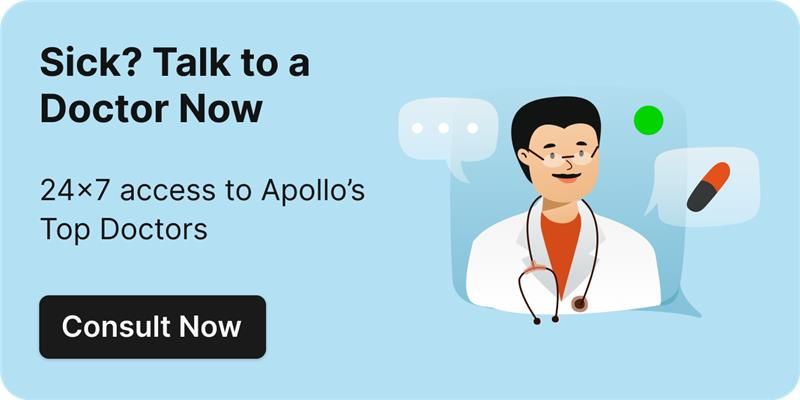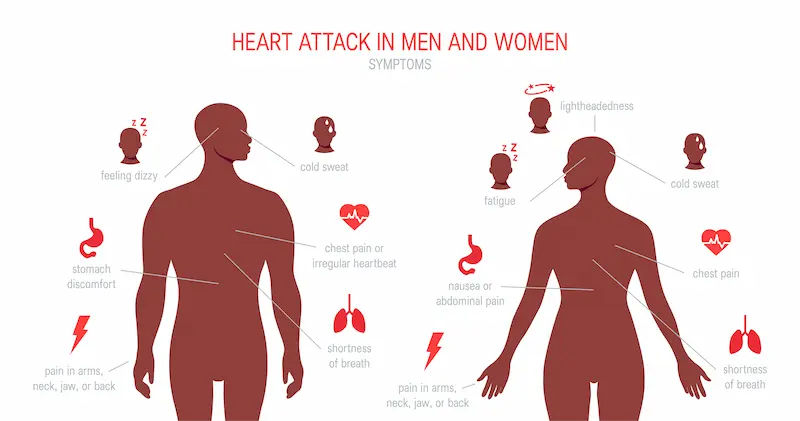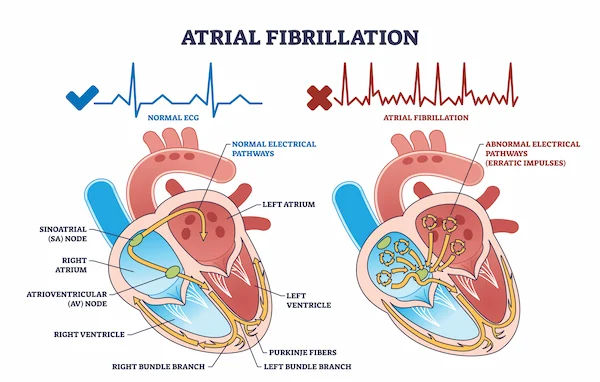- Male
- 33 Years
- 29/01/2025
My creatinine level is at 1.3, which I understand is borderline. I'm considering going for coronary angiography but I'm a bit worried. Is it safe to proceed, and if so, what precautions should I be aware of?
Answered by 1 Apollo Doctors
If creatinine is at the borderline level of 1.3, it is important to assess the overall kidney function before proceeding with coronary angiography. Precautions that should be taken include ensuring adequate hydration before and after the procedure, monitoring kidney function closely, and considering the use of contrast media with lower nephrotoxicity. Additionally, medications such as N-acetylcysteine and sodium bicarbonate may be considered to help protect the kidneys during the procedure.
Dr. Chandra Suggests...
Consult a Cardiologist
Answered 04/07/2025
0
0

More Cardiology Health Queries
View allI'm really worried about my mom. She has been experiencing chest pain and some trouble with her breathing while walking. I know she has diabetes and issues with blood pressure too. Could these problems be connected to her existing health conditions, or is this something more serious? What should we do next?
Advised ecg and echo..
Answered by 1 Apollo Doctors
I've recently had a TMT test done and I'm trying to wrap my head around the results. The test summary says Total Time is 631, Max HR Attained is 184 bpm, and it's 96% of my target, which is 191. It also mentions Max BP is 190100 and Max workload is 7.6 with Bruce Protocol. My doctor said everything looks fine and that I shouldn't worry, but I just want to make sure all these values are normal. Could you help me understand if there's anything I should be concerned about or if it's all really okay?
everything is normal
Answered by 1 Apollo Doctors
I'm worried about my heart. I've done a bunch of tests like ECG, echo, TMT, and stress echo, and everything's come back normal. But every time I have something like gastric pain or even just diarrhea, I can't shake this fear that I'm having a heart attack. Could this be cardiac anxiety, or is there something else I should worry about? Also, my blood tests were normal except my vitamin D was 13.56 Ngml and B12 was 173.8 ofml. Should I be concerned about those levels?
It sounds like you are experiencing significant anxiety about your heart health, despite having normal cardiac test results. This type of anxiety, often referred to as cardiac anxiety or health anxiety, can cause you to worry excessively about having heart problems even when tests repeatedly show that everything is normal. Your low levels of 25-hydroxyvitamin D (13.56 ngmL) and vitamin B12 (173.8 pmolL) should be addressed, as deficiencies in these vitamins can contribute to overall feelings of fatigue and possibly anxiety. To manage your cardiac anxiety, consider the following steps: 1. Consult a mental health professional: Cognitive-behavioral therapy (CBT) can be very effective in managing health anxiety. 2. Lifestyle changes: Regular exercise, a balanced diet, and mindfulness or relaxation techniques can help reduce anxiety. 3. Vitamin supplementation: Your healthcare provider can recommend appropriate vitamin D and B12 supplements to address your deficiencies. Please discuss your anxiety and vitamin deficiencies with your healthcare provider to develop a comprehensive plan for managing your health and anxiety.
Answered by 1 Apollo Doctors
Disclaimer: Answers on Apollo 247 are not intended to replace your doctor advice. Always seek help of a professional doctor in case of an medical emergency or ailment.





